Premium Only Content
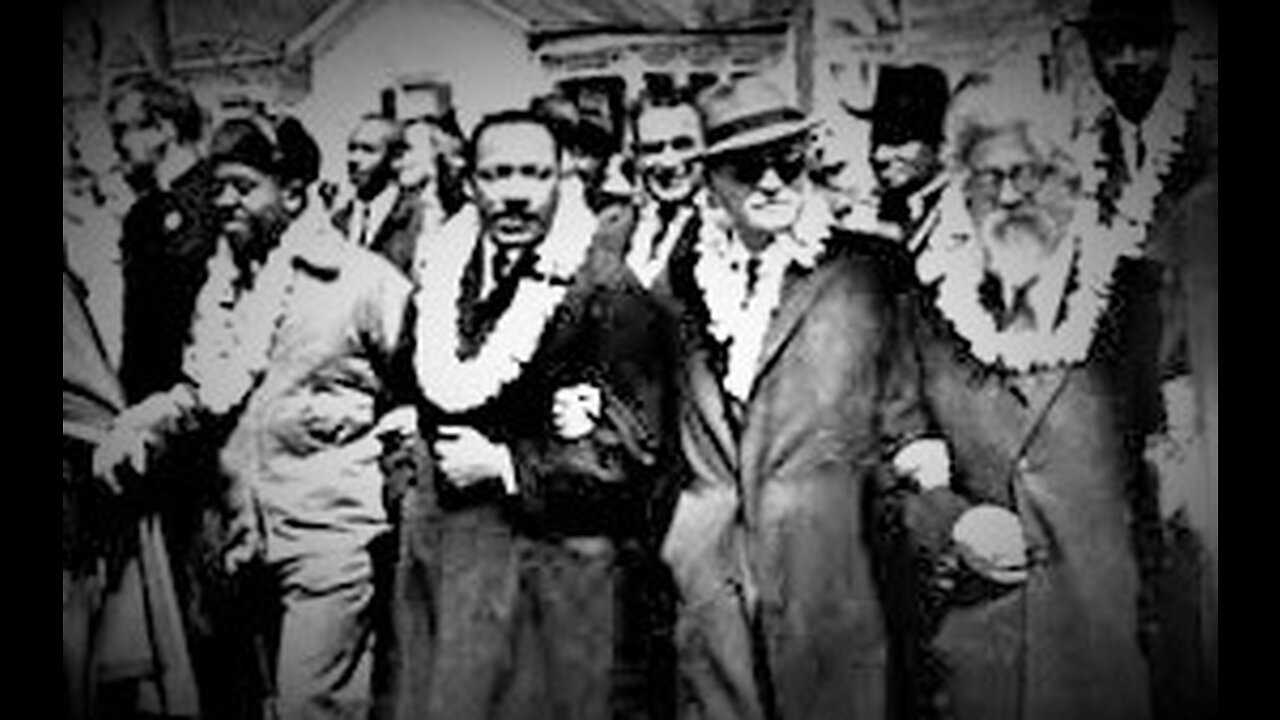
The Civil Rights Movement (setting the record straight)
Martin Luther King Day this year, many Jews and blacks will celebrate the long alliance between the two groups in the crusade for a more inclusive America
Reverend King often expressed his appreciation for the close affinity between the black and Jewish communities. In 1958, speaking at a meeting of the American Jewish Congress, King said:
My people were brought to America in chains. Your people were driven here to escape the chains fashioned for them in Europe. Our unity is born of our common struggle for centuries, not only to rid ourselves of bondage, but to make oppression of any people by others an impossibility.
In 1964, King said:
“It would be impossible to record the contribution that the Jewish people have made toward the Negro’s struggle for freedom — it has been so great.”
Much has been made of Jews’ longstanding support for the black freedom movement. But the black-Jewish alliance has been a two-way street. For example, during the 1930s and ’40s, W. E. B. Du Bois, Ralph Bunche, and other prominent black intellectuals spoke out against the rise of Nazism in Europe and the United States’s reluctance to admit Jewish refugees seeking to escape from fascism. During the Holocaust, when most elite white universities in the United States refused to provide jobs for Jewish professors fleeing persecution in Europe, historically black colleges offered refuge, with schools like Howard University, Atlanta University, and Tougaloo College, among others, employing at least 53 Jewish scholars
Blacks and Jews have expressed their shared goals in different ways, on the front lines of the protest movement for civil rights and in the voting booth. In 2008, for example, 90 percent of black voters (but only 43 percent of white voters) supported Barack Obama’s campaign for president against Republican John McCain, while 78 percent of Jewish voters embraced Obama — a higher proportion than any other ethnic or religious group except for blacks. In 2016, when only 37 percent of white voters supported Hillary Clinton, 89 percent of black voters and 71 percent of Jewish voters embraced the Democratic candidate against Trump. In the 2018 midterm elections that swept in a Democratic House majority, Jews and Blacks led the “blue wave”: Jewish voters gave Democrats 79 percent of their votes, while 90 percent of black voters supported Democratic candidates (by contrast, only 44 percent of whites did so). No other white ethnic or religious group came close to the Jews’ level of support for Democratic office-seekers.
On the protest front, many Americans are familiar with the iconic photograph of Rabbi Abraham Joshua Heschel marching arm in arm with Reverend Martin Luther King Jr. during the 1965 march for voting rights. Heschel later wrote: “For many of us the march from Selma to Montgomery was about protest and prayer. Legs are not lips and walking is not kneeling. And yet our legs uttered songs. Even without words, our march was worship. I felt my legs were praying.” For his part, King called Heschel “my rabbi,” and the two often shared political and theological ideas.
In January 1963, Heschel delivered a speech (and King gave the closing speech) at a meeting National Conference on Religion and Race sponsored by the National Council of the Churches, the Synagogue Council of America, and the National Catholic Welfare Conference. Heschel began his remarks by linking biblical history to contemporary struggles:
At the first conference on religion and race, the main participants were Pharaoh and Moses. Moses’s words were, “Thus says the Lord, the God of Israel, let My people go that they may celebrate a feast to me.”
While Pharaoh retorted:
“Who is the Lord, that I should heed this voice and let Israel go? I do not know the Lord, and moreover I will not let Israel go.” The outcome of that summit meeting has not come to an end. Pharaoh is not ready to capitulate.
The exodus began but is far from having been completed. In fact, it was easier for the children of Israel to cross the Red Sea than for a Negro to cross certain university campuses.
Rabbis were involved in the Freedom Rides, the lunch counter sit-ins, local efforts to challenge racial discrimination in housing and integrate schools, and the 1963 March on Washington, where Rabbi Uri Miller gave the opening prayer and Rabbi Joachim Prinz spoke prior to King’s “I Have a Dream” oration. In 1964, 16 rabbis joined the protest campaign in St. Augustine, Florida, a hotbed of segregationist resistance.
All of them were arrested with King for engaging in a nonviolent demonstration at the segregated Monson Motor Lodge. At least 25 rabbis besides Heschel participated in the Selma march the next year. Heschel also led a delegation of 800 people to FBI headquarters in New York City to protest the agency’s failure to protect the civil rights demonstrators from racist thugs and the Alabama state police.
But it wasn’t just rabbis who were on the front lines of the Civil Rights movement. More than any other white religious or ethnic group, American Jews played a significant role in many different aspects of the freedom struggle.
In 1909, Jews were among the founders of the NAACP. Joel Spingarn, a Columbia University professor, was the group’s chairman from 1913 to 1919, its treasurer from 1919 to 1930, and its president again from 1930 until his death in 1939. Through a fund established in 1917, Julius Rosenwald, part-owner of Sears-Roebuck and a pioneer in the new field of progressive philanthropy, endowed 20 black colleges (including Howard, Dillard, and Tuskegee), funded more than 5,000 schools for African Americans in the rural South, and supported the Highlander Folk School, a Tennessee-based training center for civil rights and labor activists.
In 1929, Louis Isaac Jaffe, editorial writer for the Norfolk Virginia-Pilot, won the Pulitzer Prize for his denunciation of lynching and of Harry Byrd’s segregationist political machine. When few white lawyers were willing to challenge the Jim Crow system by defending nine young black men falsely accused of raping two white women in Alabama in 1931, Samuel Leibowitz, a Jewish attorney from New York, agreed to take the controversial “Scottsboro Boys” case. And predominantly Jewish unions — the International Ladies’ Garment Workers’ Union and the Amalgamated Clothing Workers union — took the lead in organizing black workers and supporting the Civil Rights movement.
In 1949, Rabbi Julian Feibelman of New Orleans invited Ralph Bunche, the black United Nations ambassador, to speak at his Temple Sinai in New Orleans. It was the first major integrated audience in the city’s history.
In Brown v. Board of Education, the landmark 1954 Supreme Court ruling that outlawed school segregation, the Supreme Court relied on research by the black psychologist Kenneth Clark, which showed how segregation placed a stamp of inferiority on black children. Clark’s study had been commissioned by the American Jewish Committee, and it appeared in the amicus curiae brief the AJC submitted to the court. In 1957, at the height of the anti-integration backlash across the South, Rabbi Ira Sanders of Little Rock bravely testified before the Arkansas State Senate against pending segregationist bills.
Jewish activists represented a disproportionate number of the whites who were involved in the struggle. They were active not only in the NAACP but also in the Southern Christian Leadership Conference, the Student Nonviolent Coordinating Committee, and the Leadership Conference on Civil and Human Rights. From his earliest days as the leader of the 1955 Montgomery bus boycott, King’s closest advisor was Stanley Levison, who helped him write speeches, raise funds, organize events, and strategize. Kivie Kaplan, a vice chairman of the Union of American Hebrew Congregations (now the Union for Reform Judaism), served as the NAACP’s president from 1966 to 1975.
Although Jews made up less than three percent of the nation’s population, they made up at least half of the young people who participated in the Mississippi Freedom Summer in 1964 — especially Jewish women like Heather Booth and Vivian Rothstein, as well as future Congressman Barney Frank, who volunteered to register voters under dangerous conditions. The two architects of that effort were Allard Lowenstein (a Jew) and Bob Moses (an African American). That summer, two young Jewish volunteers from New York, Michael Schwerner and Andrew Goodman, along with a young black Mississippian, James Chaney, were murdered in Neshoba County by Klansmen, their bodies dumped in a secret grave. Rabbi Arthur Lelyveld of Cleveland was severely beaten in Hattiesburg, Mississippi, where he’d traveled to participate in the voting rights effort. Dr. Edward Sachar, who volunteered his medical services to the freedom marchers, nearly lost his life when his automobile was forced off a Mississippi back road by local segregationists.
The Ku Klux Klan and other segregationist groups retaliated against the Jewish community for its support for the Civil Rights movement. Between November 1957 and October 1958, they bombed temples and other Jewish buildings in Atlanta, Nashville, Jacksonville, and Miami. Undetonated dynamite was found under synagogues in Birmingham, Charlotte, and Gastonia, North Carolina. Some rabbis and other Jewish leaders received death threats. Not surprisingly, Jews who lived outside the South were more outspoken about civil rights than Southern Jews. Unlike most white Southerners at the time, few Southern Jews favored segregation. But many Jews in Southern towns feared both physical harm and boycotts if they expressed public support for the Civil Rights movement. Instead, some supported the movement quietly, through donations to the cause.
Outside the South, Jews like Morris Milgram of Philadelphia, Rabbi Robert Marx of Chicago, and William Becker of San Francisco were among the leaders in national and local campaigns for “open housing,” to integrate public schools, and to challenge racist police practices.
Besides African-American attorneys, most of the key lawyers in the Civil Rights movement were Jews, including Bella Abzug, Jack Greenberg, Arthur Kinoy, and William Kunstler. Two Jewish folk singers composed some of the most influential civil rights songs, including Bob Dylan’s “Blowin’ in the Wind,” “Oxford Town,” and “The Lonesome Death of Hattie Carroll,” and Phil Ochs’s “Ballad of Medgar Evers,” “Too Many Martyrs,” and “Here’s to The State of Mississippi.”
The Civil Rights Act of 1964 and the Voting Rights Act of 1965 were drafted in the conference room of the Religious Action Center of Reform Judaism, under the aegis of the Leadership Conference, which for decades was located in the RAC’s building. Many local and state desegregation regulations were drafted in the offices of Jewish organizations.
Of course, there have also been tensions in the black-Jewish alliance. From the 1940s through the 1970s, redlining by banks and block-busting by real estate agents exploited Jews’ fears and blacks’ desperation for housing. As Jews were pushed out of urban neighborhoods by the real estate industry’s profiteering, many blacks moved into these areas. Left behind in these black communities were Jewish merchants and landlords. This triggered both black antisemitism and Jewish racism, described by James Baldwin in a 1967 essay. “When we were growing up in Harlem, our demoralizing series of landlords were Jewish, and we hated them,” Baldwin wrote.
The butcher was a Jew and, yes, we certainly paid more for bad cuts of meat than other New York citizens, and we very often carried insults home, along with the meat. We bought our clothes from a Jew and, sometimes, our secondhand shoes, and the pawnbroker was a Jew — perhaps we hated him most of all.
Jews and blacks were also pitted against each other during the Ocean Hill–Brownsville controversy in 1968, when the Jewish-led teachers’ union and black community activists clashed over control of the hiring of teachers in New York City public schools, particularly those in black neighborhoods. Yet at the same time, as African Americans were becoming a major force in big city politics, Jews were their most active white campaign volunteers and voters. For example, Jews helped elect Tom Bradley as Los Angeles’s first black mayor in 1972 and Harold Washington as Chicago’s first black mayor in 1983.
The Jewish and black communities have continued to be allies in the struggle for a more inclusive society. In the summer of 2015, Jews were actively involved in the NAACP’s Journey for Justice, an historic 860-mile march from Selma, Alabama, to Washington, DC, carrying a Torah the entire way. They marched to advance a national agenda that protects the right of every American, especially black Americans, to a fair criminal justice system, uncorrupted and unfettered access to the ballot box, sustainable jobs with a living wage, and equitable public education. The Jewish community — through the work of both individual activists and organizations — has persisted in its support for these goals.
On Rosh Hashanah in 2017, Reverend William Barber II, perhaps the most influential civil rights leader since Reverend King, spoke at the IKAR synagogue in Los Angeles. “I have come here to hear the blowing of the shofar,” said the North Carolina minister who is leading a new Poor People’s campaign, “and to call us all to become shofars for a new year and a new reality until we are one nation under God for liberty and justice for all.”
At this time of growing white supremacy and bigotry — including attacks on immigrants, African Americans, Jews, and other groups — we need to heed Dr. King’s words: “Injustice anywhere is a threat to justice everywhere. We are caught in an inescapable network of mutuality, tied in a single garment of destiny. Whatever affects one directly, affects all indirectly.”
-
 10:11:30
10:11:30
SpartakusLIVE
11 hours agoThe BADDEST Duo in WZ Exhibits PEAK Physique || Duos w/ Sophiesnazz to start, quads later
170K1 -
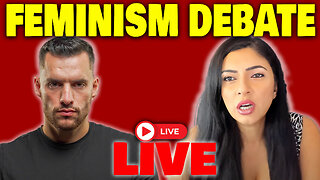 2:49:37
2:49:37
RattlesnakeTV
22 hours ago $0.28 earnedLIVE DEBATE! Lord Jake vs Crazy Feminist
31.4K16 -
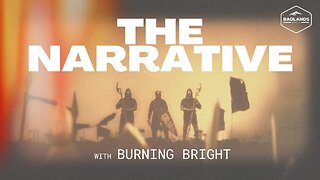 4:00:42
4:00:42
Badlands Media
14 hours agoThe Narrative Ep. 35: Codex of Truth
97K47 -
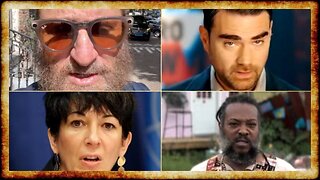 3:55:56
3:55:56
Due Dissidence
17 hours agoSchmuley TRASHES Shapiro, Maxwell Sings For Pardon, Uhuru Doc Preview - Live From St. Louis!
50.8K49 -
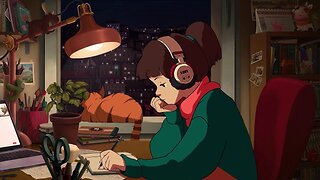 LIVE
LIVE
Lofi Girl
2 years agolofi hip hop radio 📚 - beats to relax/study to
345 watching -
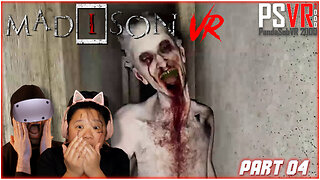 2:23:21
2:23:21
PandaSub2000
5 days agoMadison VR (Part 4) | PSVR 2000 (Original Live Version)
28.9K2 -
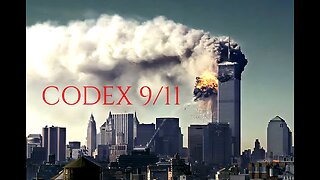 2:34:32
2:34:32
Badlands Media
5 days agoCODEX 9/11
313K275 -
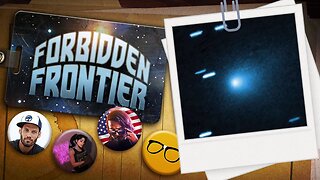 1:53:43
1:53:43
Nerdrotic
11 hours ago $0.37 earnedMysteries of 3I/ATLAS | Forbidden Frontier #113
64.3K5 -
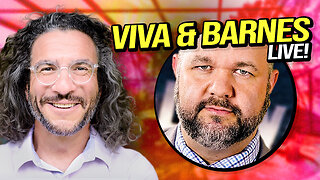 2:04:21
2:04:21
vivafrei
1 day agoEp. 278: D.C. Peace Wave! Big Tish & Nipple Judge SPANKED! "Maryland Man" Trafficker FREE & MORE?
121K149 -
 3:02:42
3:02:42
Damysus Gaming
7 hours agoBorderlands 3 - Part 8 - FL4K Time | Children of the Vault be Warned!
28K